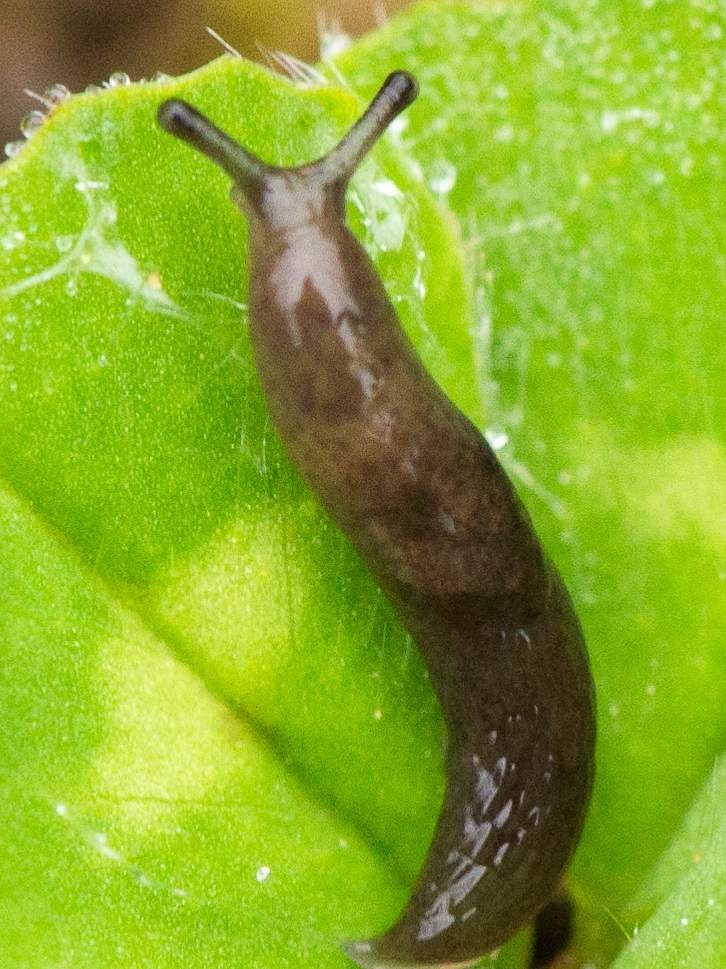Farmers in south-eastern Australia have been fighting against the worst slug numbers seen in crops in decades.
Key points:
- Slug numbers in crops are at unprecedented levels across southern Australia
- Farmers are having to use more bait than expected to curb the problem
- Crops losses and bait costs will impact farmers’ bottom lines
While the season was expected to be tough, the numbers of slugs observed across South Australia, Victoria and southern New South Wales has exceeded predictions.
According to slug expert and applied invertebrate ecologist Michael Nash, the slugs are a parting gift from the triple La Niña event, with populations increasing due to wet spring seasons.
“It is the worst I have ever seen,” Dr Nash said.
“We have seen it right across southern Australia, slug populations have really bred up over the past two or three years.
“It is unprecedented numbers, we have never seen anything like it.”
Slugs areas expanding
Dr Nash said the pest was popping up in new areas and causing a real headache for farmers unprepared for the onslaught, particularly in southern New South Wales and northern Victoria.
“Some growers have been caught out because they have never seen slugs before in those areas,” he said.
“In the past, they have always blamed other establishment pests but they’re now realising that slugs are in their region.”
Even in areas where slugs are a regular nuisance, crop losses remain a problem for growers.
“[Farmers have] been very proactive. Not every paddock has got through unscathed, but I think a greater proportion of canola has been established this year than in the early 2000s,” Dr Nash said.
“One comment I had from south-west Victoria was ‘if this had happened 10 years ago, we would not have had one paddock of canola left’.”
Tough fight for farmers
South Australian farmer Trevor Rayson knew he would be in for a tough slog against slugs this season, but was still surprised by the amount seen in his crops.
“Slugs have been emerging from the ground constantly in enormous numbers,” Mr Rayson said.
“That has been reducing the canola seedling numbers. That’s a problem because in some cases they’ve wiped it out, and then needing re-sowing.”
It is not just canola the slugs have been after, with damage being done to Mr Rayson’s wheat crops for the first time in more than 20 years.
“We have been really surprised this year, wheat is generally fairly tolerant once it has emerged, but there’s a lot of stripping,” he said.
Mr Rayson estimated that about 10 per cent of his canola crop was re-sowed, which combined with the added cost of bait this season, meant his profit margin had been reduced.
“Lots of people have expended in excess of $100 per hectare already on bait, and that is more than the cost of the seed of the canola that we originally planted,” he said.
“It is a cost that we probably didn’t anticipate.”
The fight isn’t over just yet, with Mr Rayson having to regularly check on his crops and bait levels.
“In some cases a week’s worth of bait is only lasting a few days,” he said.
“It’s getting more and more difficult to get on the paddocks to bait them, and as you go later into the season, metaldehyde [bait] becomes less effective.
“Hopefully with some different baits we will get through.”
Loading
Posted , updated




